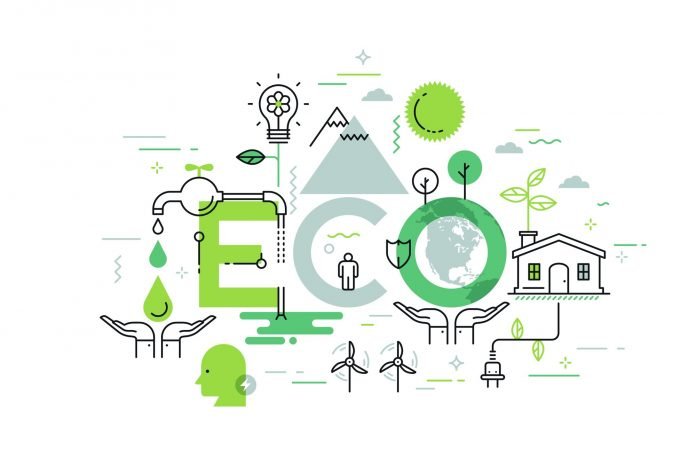Last Updated on February 11, 2025 by Bisma Sehar
The current trend in investing and entrepreneurship is geared toward social consumerism. Investors today are more conscious about the positive philanthropic reputation created by an association with environmentally and socially friendly enterprises. As a result, entrepreneurs are pressured to work toward sustainability and diversity. Moreover, the gas prices sky-rocketed last year, reminding business owners of the benefits of an eco-friendly venture.
But going green can get expensive. Installing new technology and retraining staff, investing in research and the development of environmental processes, and so on can eventually add up. Since the capital of new businesses is limited, they will struggle with the idea of developing a venture that abides by the ESG (environmental, social, and governance) venture type. Solutions to this dilemma include:
- utilizing solar financing opportunities,
- reducing property acquisition or leasing, and
- improving margins with a direct-to-consumer strategy.
Table of Contents
Maximize the Free Energy from the Sun
You can significantly cut electricity costs when you make accommodations in your office for natural light. Suppose you decide on having an entire floor in your colleagues, or a newly constructed building, like your office. In that case, you should aim to utilize the sun as much as possible. You can do this by ensuring that the windows and ceilings allow enough light to pierce through, providing plenty of brightness for you and everyone on the team to see what they are doing.
Another way of making the most out of the sun is installing photovoltaic cells that can harness the energy into electricity. This is known to significantly reduce your bills to the point where the national grid will have to start paying you for not using their electricity. It can be costly, so some people make installations little by little. Some start at 10 percent, while others go for a quarter of the coverage because not everyone can afford to install and convert electricity lines to 100 percent.
Suppose you happen to be interested in installing photovoltaic cells. You should consider paying it in installments or taking out a loan to cover this part of the build. It will help reduce your electricity bills eventually. You will be able to move those expenditures to other parts of the business. Besides, photovoltaic cells are a lot cheaper today than they were about a decade ago. They are more accessible, less expensive, but at a higher efficiency.
Working from Home
Some business owners do not have the capital to significantly increase their assets by buying property. Or the company might want to expand but cannot afford to buy or construct new offices. Aside from being a preferred way to work during the pandemic, telecommunicating is also ideal on the fiscal side of the venture. You will not have to invest in new infrastructure or relocation packages. You will limit your business’s carbon footprint to what it has now.
By assigning employees and hiring them to work from their homes, you will save on the physical office space as you transport the workplace online. Although it might not be a preferred work arrangement for some people, plenty of candidates in the job market prefer employment in this way. And since your employees will not have to travel to work, they’ll be saving on gas and transport fees, emitting fewer greenhouse gases compared to their on-site employed counterparts.
Direct to Consumer
Like working from home, selling your products and services directly to your potential customers through online platforms will reduce or entirely avoid the carbon footprint associated with building new infrastructure. Moreover, by adopting a direct-to-consumer strategy, the company will significantly improve its margins because it will not have to be sold by other establishments that also want to earn from it. It also reduces transportation costs and carbon emissions as you will control how the product or service is delivered.
You can start selling directly to your clients by using websites that facilitate shopping or through your website to reduce any third-party fees. But make sure to source your products or raw materials from eco-friendly suppliers as well. Your efforts will be for naught if you use ethically questionable materials in the first place. Either way, you will still be avoiding any contributions to global warming by incorporating this strategy into your distribution line.
Although the ESG movement pressures businesses to strive for sustainability, there are solutions to meet some of its criteria without hurting profit margins. Some eco-friendly actions might even improve their fiscal situation. Switching to photovoltaic technology, working from home, and selling directly to consumers are cost-efficient strategies that allow entrepreneurs to qualify as an ESG venture.
Apart from that if you want to know about Energy Sustainable then please visit our Featured category













